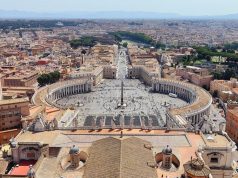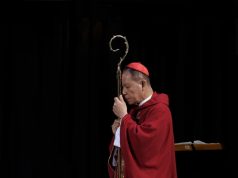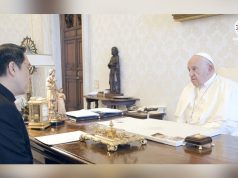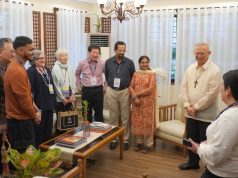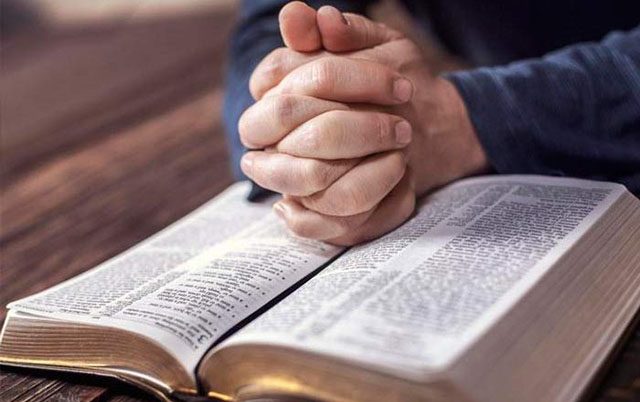
It’s already the digital age but that does not seem to discourage Filipinos from getting their reading fix from books.
A survey by the National Book Development Board in 2017 revealed that 72.25 percent of adult Filipinos still read books, with the Bible topping the list as the most popularly read.
A total of 921 of the 1,200 respondents ages 18 and above shared that they read at least one printed book over the last 12 months.
Church leaders happy with Bible readership
Church leaders regarded the results with enthusiasm, saying that it suggests how much Filipinos are “God-fearing.”
“It is good news! The survey shows that the Filipinos are a God-fearing people,” Bishop Noel Pantoja of the Philippine Council of Evangelical Churches shared in an interview.
“It also reveals our desire to know God and make him known all over the country and around the world,” he continued.
Bishop Arturo Bastes, former head of the CBCP Episcopal Commission for the Biblical Apostolate, attributed it to the large volume of Bibles being distributed by the church to Filipino families.
He recounted how the MTBO (May They Be One) Biblical Campaign began under his leadership where bibles written in different dialects were sold by churches in a subsidized price of only 50 pesos per copy.
“If families have an average number of five members, 50,000,000 Filipinos have a chance to read, pray and share their insights on the Bible, putting the word of God into action in their lives! Hence, the Bible is indeed the most read book in our country,” Bastes exclaimed.
Second in the list of the most popular books read by adult Filipinos are picture books and storybooks for children.
One of the predominant Christian nations in Asia
Asia is a melting pot of diverse faith since it is the birthplace of most religions such as Hinduism, Buddhism, Confucianism, Jainism, Judaism, Taoism and Christianity.
Despite the diversity, there are only two countries in Southeast Asia that predominantly practice Christianity—East Timor and the Philippines.
Asian Society reports that more than 86 percent of the Philippines’ population identifies as Roman Catholic while six percent belong to various nationalized Christian cults.
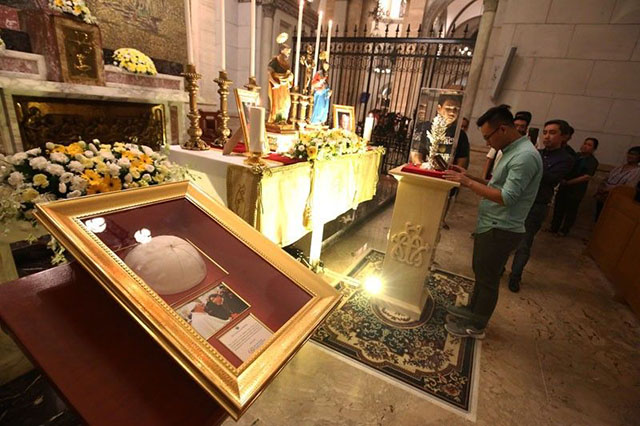
Miguel de Guzman)
Two percent of Filipinos, on the other hand, belong to over 100 Protestant demonstrations and four percent identifies themselves as Muslim.
The remaining two percent follow indigenous beliefs usually practiced in isolated mountainous regions.
The predominance of Roman Catholicism in the Philippines can be attributed to the hundreds of years the Spaniards have colonized the country.
The first Filipino to convert to Christianity was Rajah Humabon, who had a blood compact with Ferdinand Magellan in Cebu as a sign of friendship. He was baptized by the expedition priest who accompanied the Portuguese.




